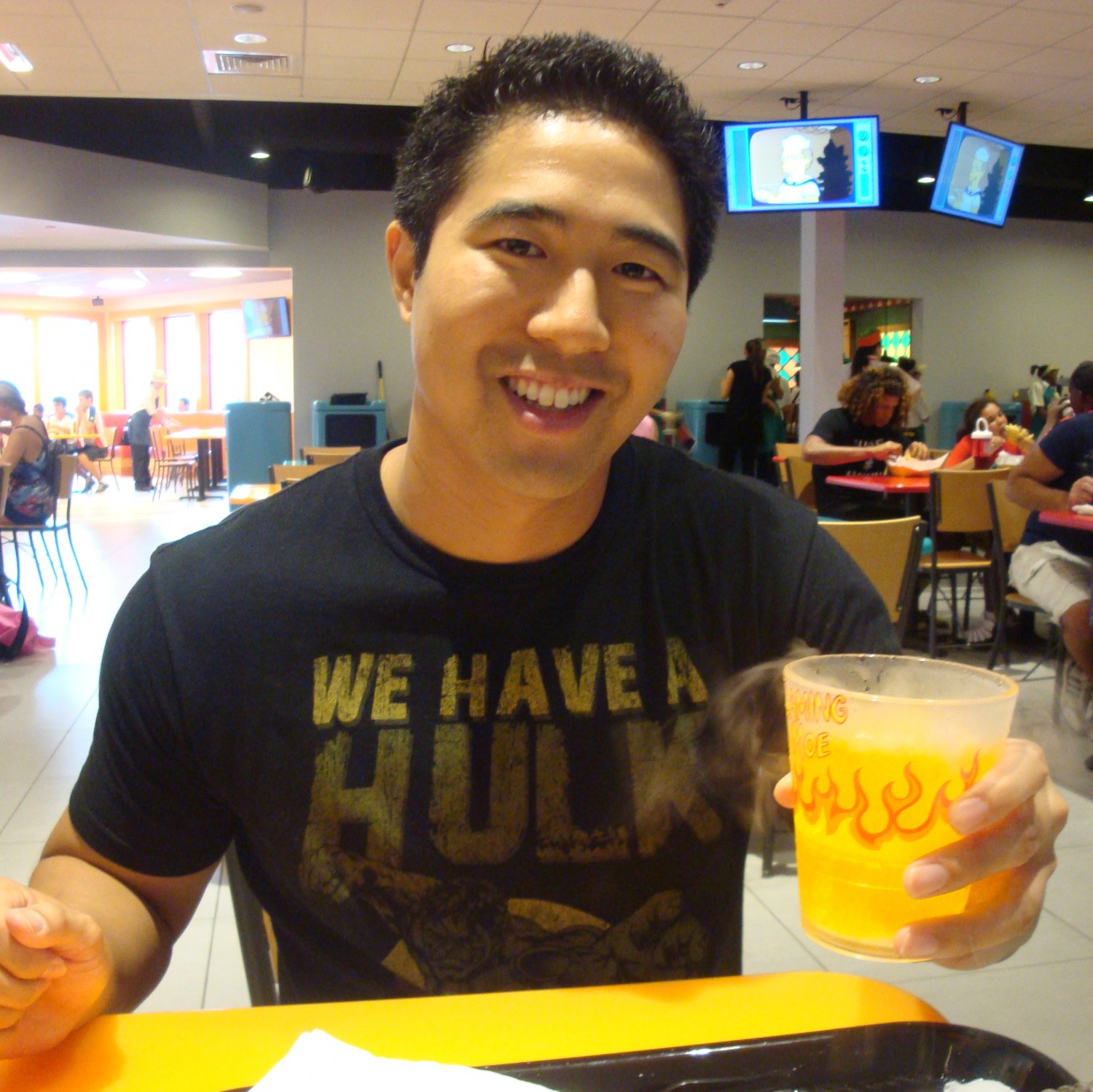Article: Connected Cars: The Biggest Marketing Opportunity in Autos Is Tech
Source: eMarketer
According to eMarketer’s Lead Auto Analyst, Mike Hudson, the greatest opportunity for marketers in the automotive industry is through tech, and specifically, through “connected cars”.
The following review takes a close look at Hudson’s November 2014 report, Connected Cars: The Biggest Marketing Opportunity in Autos Is Tech, providing a synopsis of the report, my take on the report findings, and what I feel the implications of the findings will be for marketers.
Synopsis
Given my background in Transportation Engineering, I found Hudson’s report particularly interesting. Hudson brings attention to the disconnect that exists between the limited amount of marketing that is conducted for connected car features compared to the rapid growth of the technology and consumers’ desires to learn more about these features.
So what is a connected car? The evolving definition is that it is a vehicle with internet access that can be shared with the navigation and infotainment systems of the car, as well as with the passengers inside. While connected car technologies have been around in various forms for over a decade, it is only recently that the technology offerings have been promoted in national marketing campaigns. While this is likely explained by the fact that technology has been limited up to this point, e.g., navigation, voice-activated controls, vehicle-to-driver communication, the technology is beginning to advance rapidly, and marketing efforts of connected car features will have to drastically improve in order to capitalize on general consumer interest.
According to Hudson’s research, while 56% of US car owners are familiar with connected cars, only 14% are actually familiar with what they can do, leaving 42% that have heard of them, but are not familiar with their features. In addition, Hudson’s report shares that only 7% of US drivers age 18- to 24-years old stated that they were not interested in having a connected car, yet around 45% of these young drivers hadn’t heard of connected car services or didn’t know how they felt about them. This helps illustrate the general lack of marketing that has occurred. Henry Bzeih, head of connected car and chief technology officer at Kia Motors America, states “…in many cases you have the technologies, but there is not enough marketing behind it for the consumers to realize the value.”
Hudson stresses that when marketing these technologies in the future, marketers must not fall into the trap of making the advertisement too dry and technical. Instead, marketers must follow Apple and Google’s lead when they market their hardware, focusing on promoting the experiences that the products can create. In addition, Hudson feels that rather than trying to market the existing technologies strictly during the buying process, the bigger opportunity for auto marketers may be to pre-emptively excite consumers now about next-generation features, such as the ability to shop, surf the web, or work via a self-driving connected car.
Finally, Hudson claims that the opportunity for auto marketers is further accentuated by anecdotal signs of increasing interest in connectivity amongst US drivers age 18- to 24-years, despite just 5% currently stating that built-in connectivity is the most important car feature when buying a car. Jason Schulz, manager of strategic partnerships at Toyota, states that when young drivers come into the dealership today, instead of asking questions about miles per gallon and horsepower, they now ask, “Does it work with my phone?”
My Thoughts
Overall, I found Hudson’s report quite interesting as it brought my attention to an issue that I had never considered before. Having never bought a vehicle newer than a 2006 model, the topic of connected cars never occurred to me. In fact, I have always associated the limited number of connected car features that I am aware of strictly with high end luxury vehicles. In his report, Hudson does touch upon this, and makes the strong point that as we move forward, even basic and lower model vehicles will all have these connected car features. As such, I think Hudson’s report is compelling and does have a lot of validity to it. In addition, the statistical research that Hudson presents is robust and helps support his points. Hudson’s data is also from credible sources such as YouGov, GfK, and eMarketer, and Hudson himself is an eMarketer analyst, which all help give him credibility. The only point that I have an issue with is Hudson’s reliance on anecdotal evidence to make his claim about the increasing interest in car connectivity, even though his own data shows that only 5% of US young adult drivers feel that built-in connectivity is the most important car feature to them. However, given the rapid adoption and acceptance of technology that is occurring in essentially every industry right now, I think that Hudson is safe in his assumption.
In terms of what this means for auto marketers, I believe that there is a real opportunity available. As pointed out by the data in this report, there is a definite need for increased marketing of connected car features, as there is clearly a desire from the market to learn more about what these features can do, yet a lack of marketing that is being provided. As technology advances rapidly, this opportunity will only become more and more obvious, as connected car features move from secondary luxury add-ons to basic features. Moreover, with governments all over the world introducing regulations that prohibit cell phone use while driving, as well as making features such as a back-up cameras and display screens mandatory on all new vehicles, this will only expedite the integration of technology into all vehicles. For these reasons, I believe the Hudson has brought attention to a topic that, while maybe not ground breaking or revolutionary, definitely has validity to it, and could lead to a new focus in automotive marketing.
